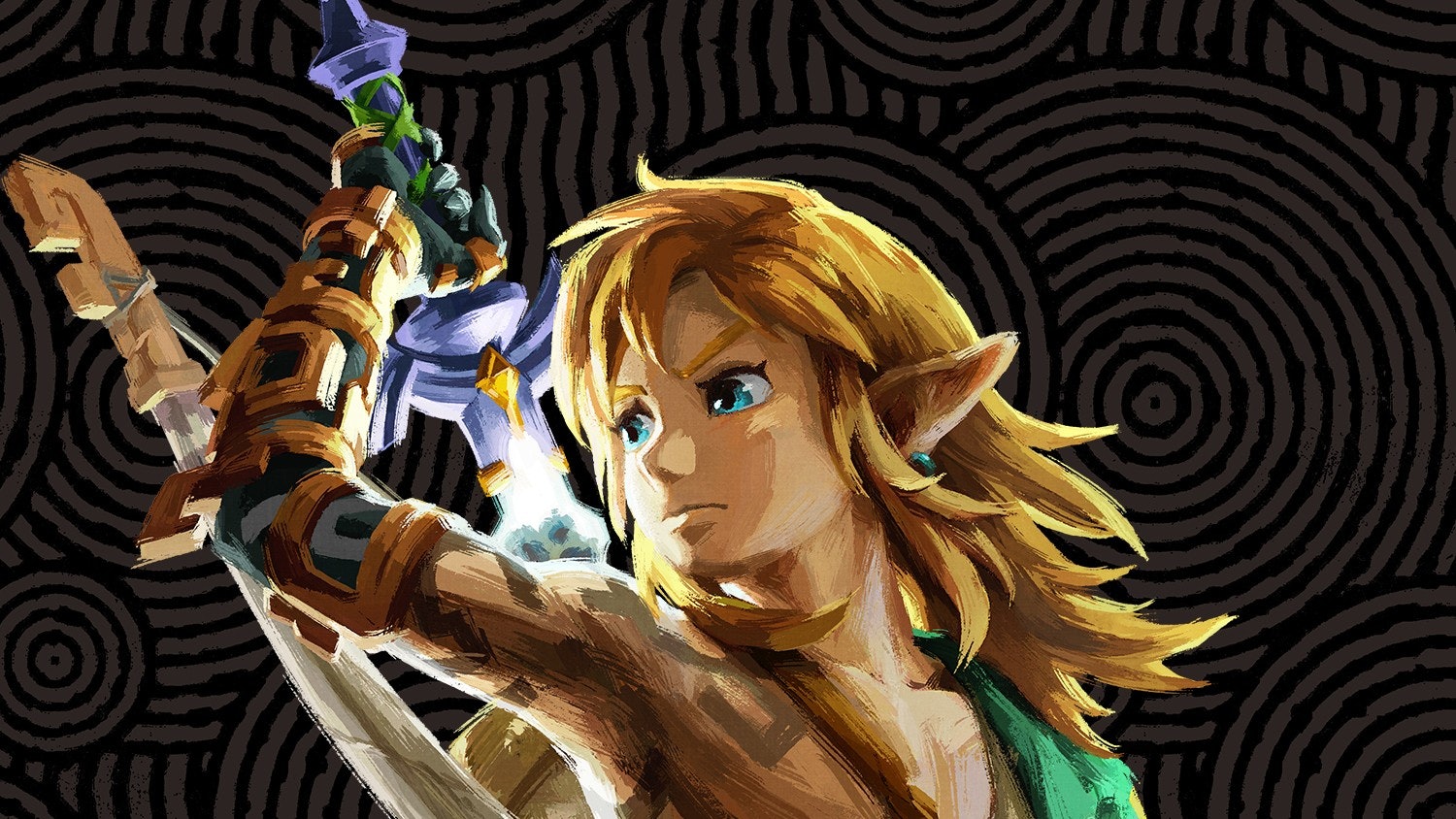
When a Korok asked me to bring him to his friend, there was clearly a “correct” solution. I spied a bunch of vehicle parts stacked to the side, but I had a better idea — just strap a rocket on the little guy. Off he went!
I followed the skyward woodland creature up a mountain, only to discover he’d landed smack in the middle of a lake, giving me intense guilt that I’d almost drowned the poor creature.
The Legend of Zelda: Tears of the Kingdom is a mind-bogglingly huge adventure that takes liberal steps to improve on the core gameplay loop of Breath of the Wild. Initially, it doesn’t feel as innovative as its predecessor. But the further you get into Tears of the Kingdom, the more ambitious, weird, and truly special it becomes.
This sequel is bigger and better than Breath of the Wild in every way, with fantastic new abilities that expand exploration and puzzle-solving. Tears of the Kingdom handily exceeds the sky-high expectations surrounding it. It’s an instant classic — and a testament to the unmatched ingenuity of Nintendo’s game design.
The Hero’s Path
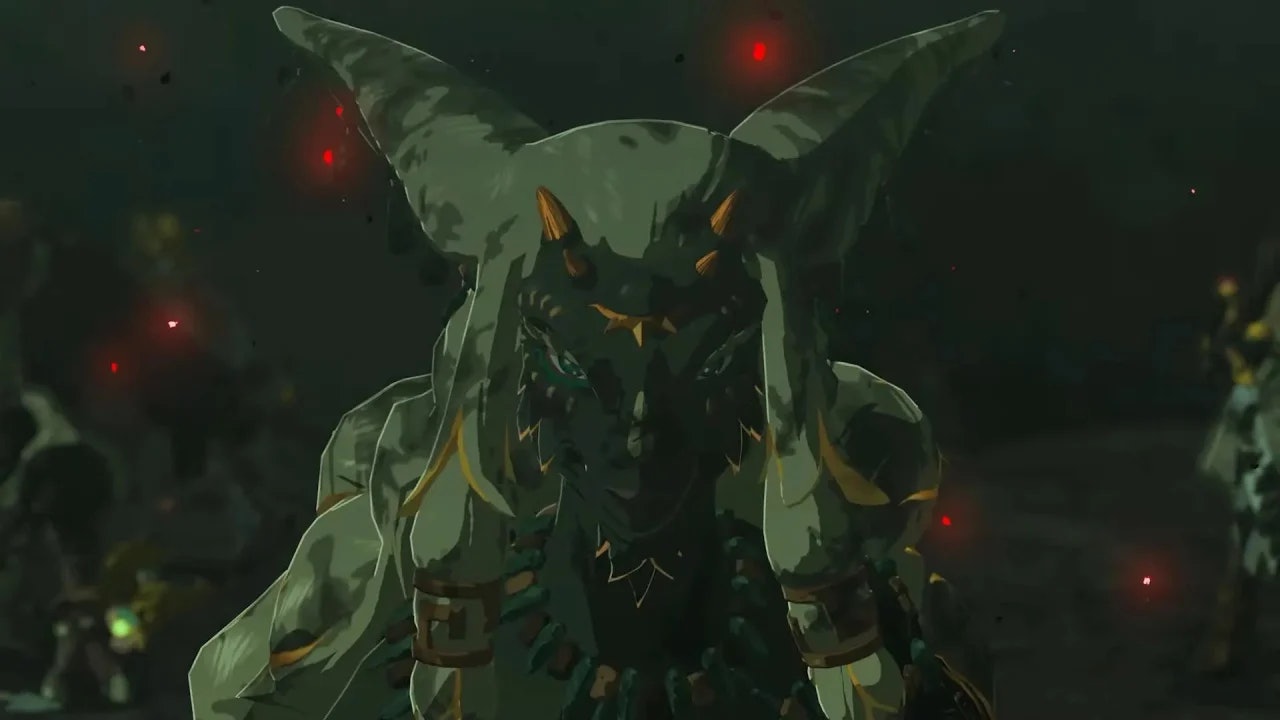
While Tears of the Kingdom is technically a sequel, this is a game you can jump into with no prior experience. The story begins with Link and Zelda exploring a set of ancient ruins underneath Hyrule Castle, where they discover a prophecy and relics from the lost Zonai people. As the pair uncovers the mummified corpse of Ganondorf, the ruins collapse, Zelda disappears, and Link is grievously injured. An unspecified amount of time later, our hero awakens with a new arm and finds the land of Hyrule has drastically changed.
The story packs some surprising twists, and it’s delivered in pieces just like Breath of the Wild. Most of the backstory comes as flashbacks you unlock by finding Hieroglyphs dotted around the world. The narrative dives into Hyrule’s ancient history in captivating ways, but its pieced-together presentation still feels as disjointed as it did in the narrative-light BotW. It’s worth bearing in mind, but it doesn’t negatively impact the experience.
The exploration and smaller stories are where Tears of the Kingdom really shines. If you’ve played BotW, you’ll immediately be familiar with a lot of the setup and formula for TotK. You’ll need to unlock towers to reveal the map, Shrines will reward you with additional health and stamina, and, Stables allow you to store your horses. But those familiar trappings become the foundation for layers upon layers of newness.
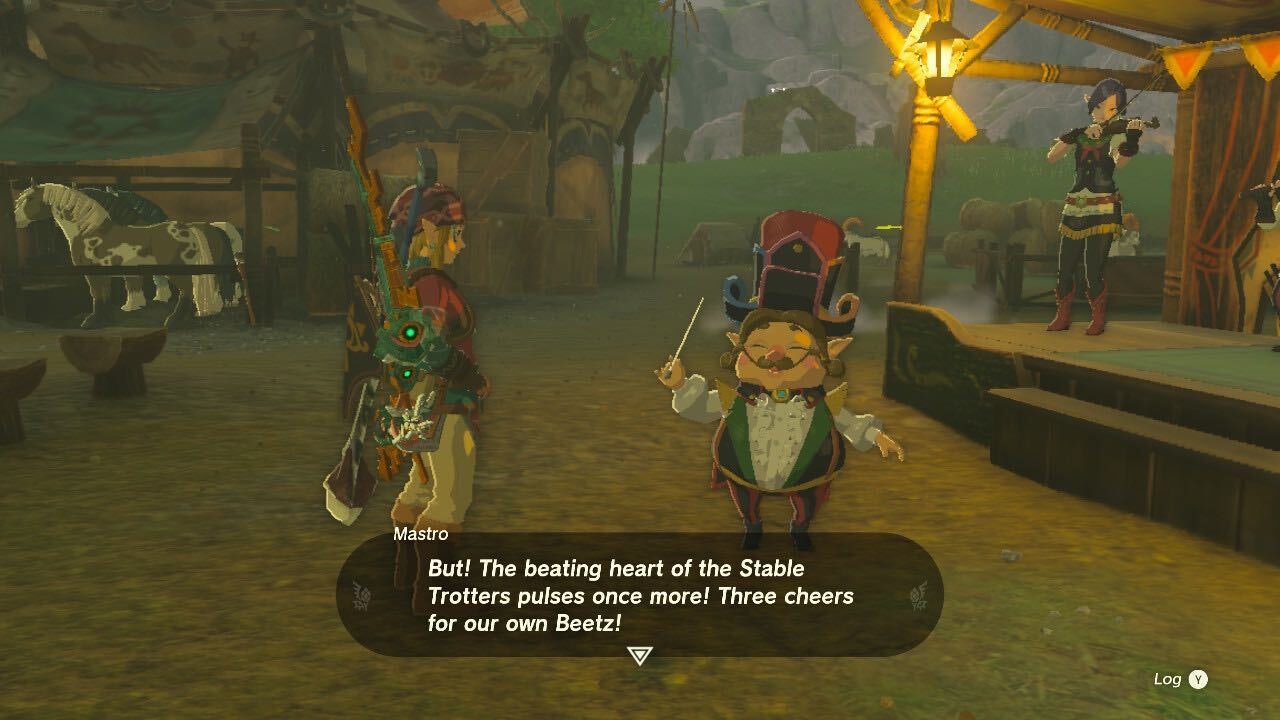
Tears of the Kingdom brings back the entire world of Hyrule to explore, in addition to two more expansive areas: the sky islands featured extensively in promotional materials, and a massive pitch-black underground cavern network known as the Depths.
These new areas work differently than the familiar regions of Hyrule. The sky islands all feel like puzzle areas, often requiring you to figure out how to traverse them while moving objects from one island to another. The puzzle-focused exploration of the islands is a great change from the more freeform exploration on the land, really requiring you to wrap your mind around the different ways to use Link’s new abilities and Zonai Devices.
Meanwhile, the Depths functions as the “Hard Mode” of Tears of the Kingdom, filled with tougher enemies, heart-sapping pools of liquid, and more challenging traversal due to its darkness. You’re required to visit the Depths a handful of times to complete the story, but truly exploring the underground will be a huge test of your skills, and there are plenty of rewards for doing so. Like with sky exploration, combing the depths feels explicitly different from the surface, forcing you to take a more refined, methodical approach. The difficulty spike won’t appeal to everyone, but TotK wisely makes most of the Depths strictly optional.
Wandering the World
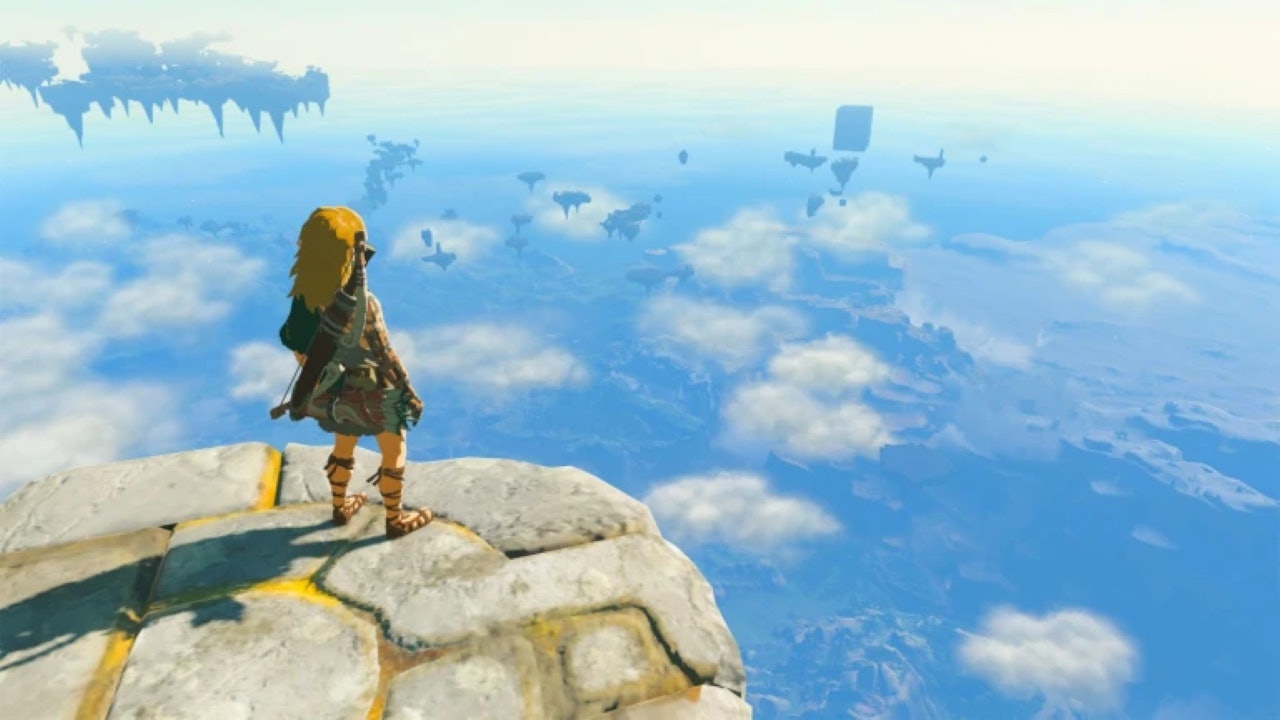
Exploration is at the heart of Tears of the Kingdom, and nearly all of the game’s new abilities and mechanics make exploration more satisfying. Link’s spiffy new arm gives him a variety of different powers:
- Ultrahand allows you to construct vehicles and move large objects.
- Fuse lets you graft any material onto Link’s weapons, arrows, and shields.
- Ascend lets you move upward through solid material, rematerializing at the top.
- Rewind allows you to move an item backward through time.
These abilities offer a truly astounding degree of freedom and variety, giving you multiple angles for solving virtually any puzzle in the game. Tears of the Kingdom heavily encourages exploration, and the amount of options you have for combining items almost feels limitless.
Nintendo clearly took steps into immersive sim territory here, integrally changing the way the player thinks about the environment. This time around, learning how Link’s abilities interact with the world is a huge part of the experience, whether it’s piecing boards together to make a diagonal bridge across a gap or using the Stake Zonai Device to hold a platform in place. There’s no one way to tackle anything in Tears of the Kingdom, which feels utterly unlike any other game in letting you experience it however you want.
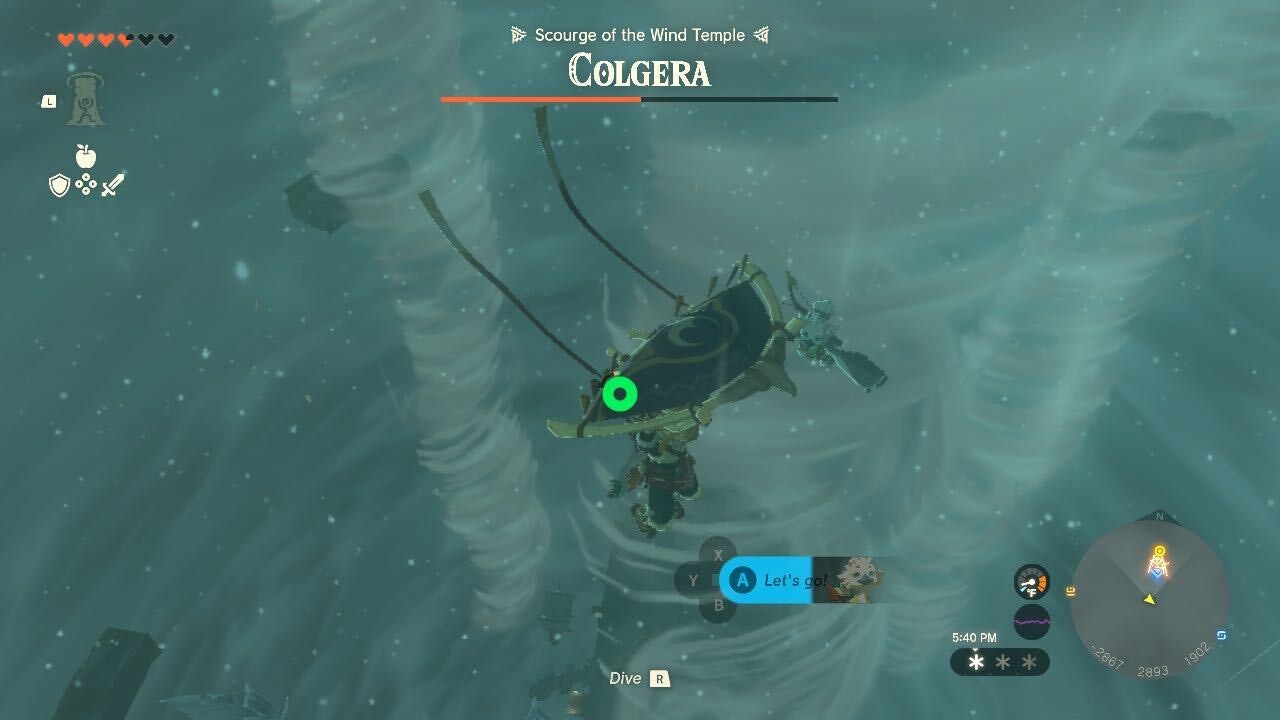
While you can strike off in any direction after the tutorial area, Tears of the Kingdom provides more structure to its story than Breath of the Wild. You’ll need to investigate four major settlements around Hyrule to uncover the source of a strange phenomenon. All four of these segments culminate in a Temple dungeon with a unique gimmick, like reduced gravity or piloting minecarts around tracks. Every dungeon feels drastically different and vibrant and ends with a phenomenal and distinct boss battle.
Completing dungeons gives Link access to another major feature of Tears of the Kingdom: Sage rings that summon companions who can aid you in battle. One sage’s ability lets you cloak Link in a shield of water that sends a ranged slash forward when you attack. Once unlocked, up to five Sages can accompany Link at the same time, and it’s surprising how close it almost feels to a typical RPG party. Having companions drastically changes the flow of battle, especially when layered on top of Link’s other new abilities. To compensate for this, some baddies cause more damage and there’s a wider variety of enemy types. These new variations keep combat feeling fresh over dozens of hours and contribute to the larger sense of infinite possibilities that keeps TotK so engaging at every turn.
The Finer Things
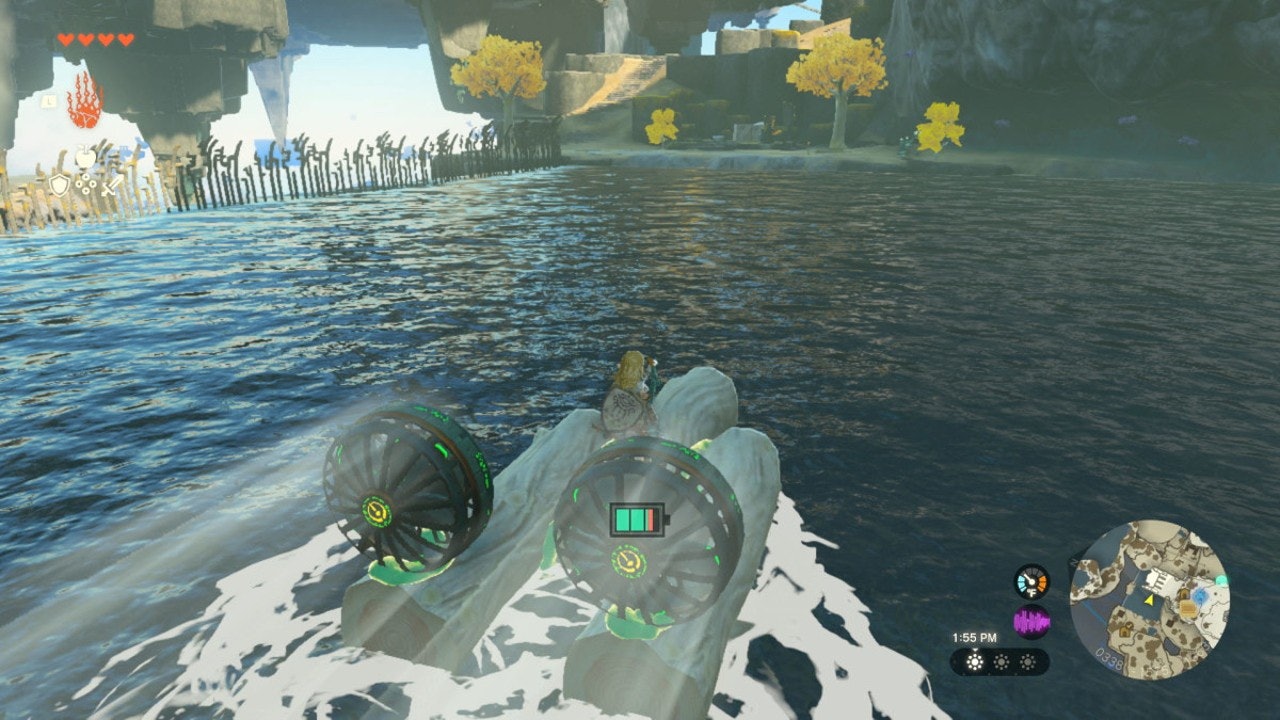
Perhaps the most significant enhancement to Tears of the Kingdom over its predecessor is the richness of its world. Each town and settlement is packed to the brim with sidequests and stories to uncover. There's definitely a comparison to be made to Majora’s Mask (the beloved-if-odd sequel to Nintendo’s game-changing Ocarina of Time) since TotK’s version of Hyrule also feels a little bit weird and warped. At the same time, a pervasive sense of whimsy gives the game a personality all its own. One questline sees you reuniting a band so they can play for the Great Fairies, while another has you working with a high-flying Rito journalist to investigate rumors across the world. There’s something new to uncover in every corner of Hyrule, and it’s a world you’ll want to get lost in again and again.
Tears of the Kingdom isn’t a massive step up visually from its predecessor, but you’ll notice significant differences in small details. Grass and foliage really pop, and diving from the sky down to Hyrule’s surface never stops being impressive. (I have no idea how Nintendo managed to create this kind of draw distance on the Switch.) Rocks falling from the sky feel like just a nice detail... until you realize you can climb on top and use Rewind to send the rock skyward again, giving you a new way to reach an island.
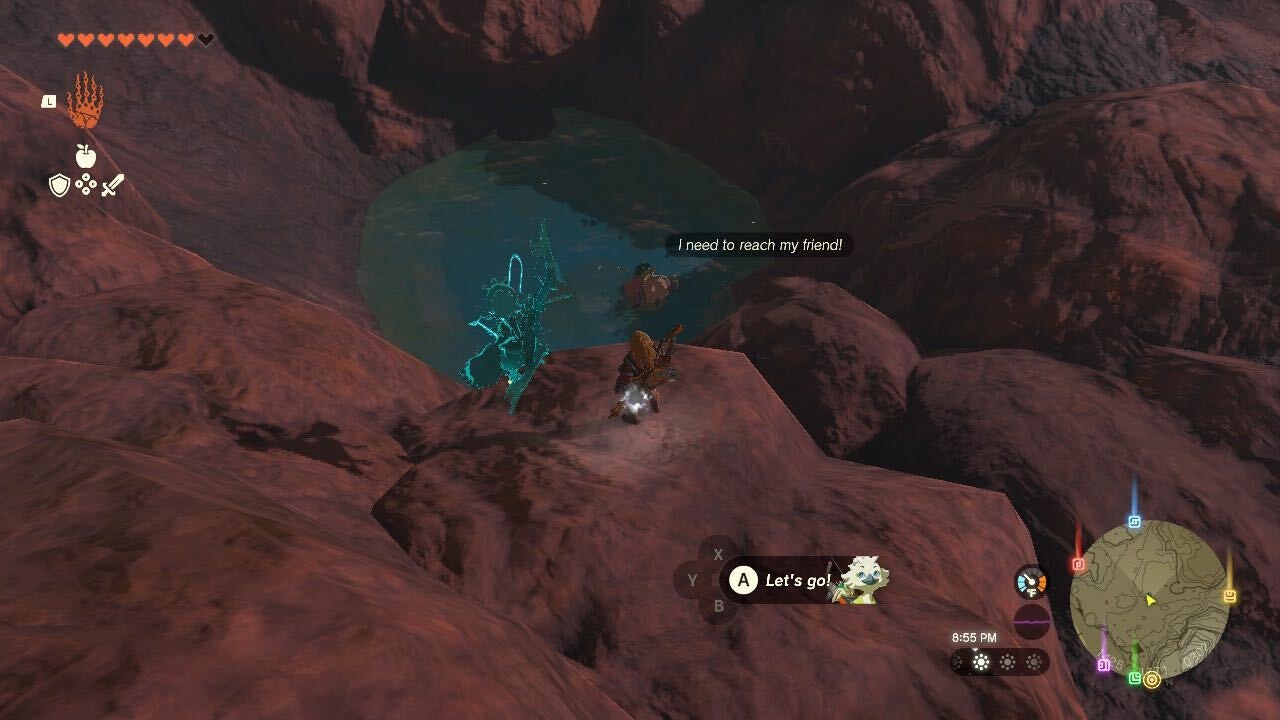
At a superficial glance, this game doesn’t appear all that different from Zelda circa 2017, but everywhere you look are possibilities to explore and interact that simply don’t exist in Breath of the Wild. Tears of the Kingdom is so much more than a sequel — it’s a total reimagining of what Nintendo did with Breath of the Wild in 2017. Sure, there are still some minor quibbles, like tedious cooking and clumsy horse controls. But all of that pales in the face of the many, things this game does right.
Everything about Tears of the Kingdom improves upon the core vision of Breath of the Wild. It is a staggering achievement of game design, and the best open-world experience ever created.
10/10
Tears of the Kingdom launches May 12 for Nintendo Switch.
INVERSE VIDEO GAME REVIEW ETHOS: Every Inverse video game review answers two questions: Is this game worth your time? Are you getting what you pay for? We have no tolerance for endless fetch quests, clunky mechanics, or bugs that dilute the experience. We care deeply about a game’s design, world-building, character arcs, and storytelling come together. Inverse will never punch down, but we aren’t afraid to punch up. We love magic and science-fiction in equal measure, and as much as we love experiencing rich stories and worlds through games, we won’t ignore the real-world context in which those games are made.







